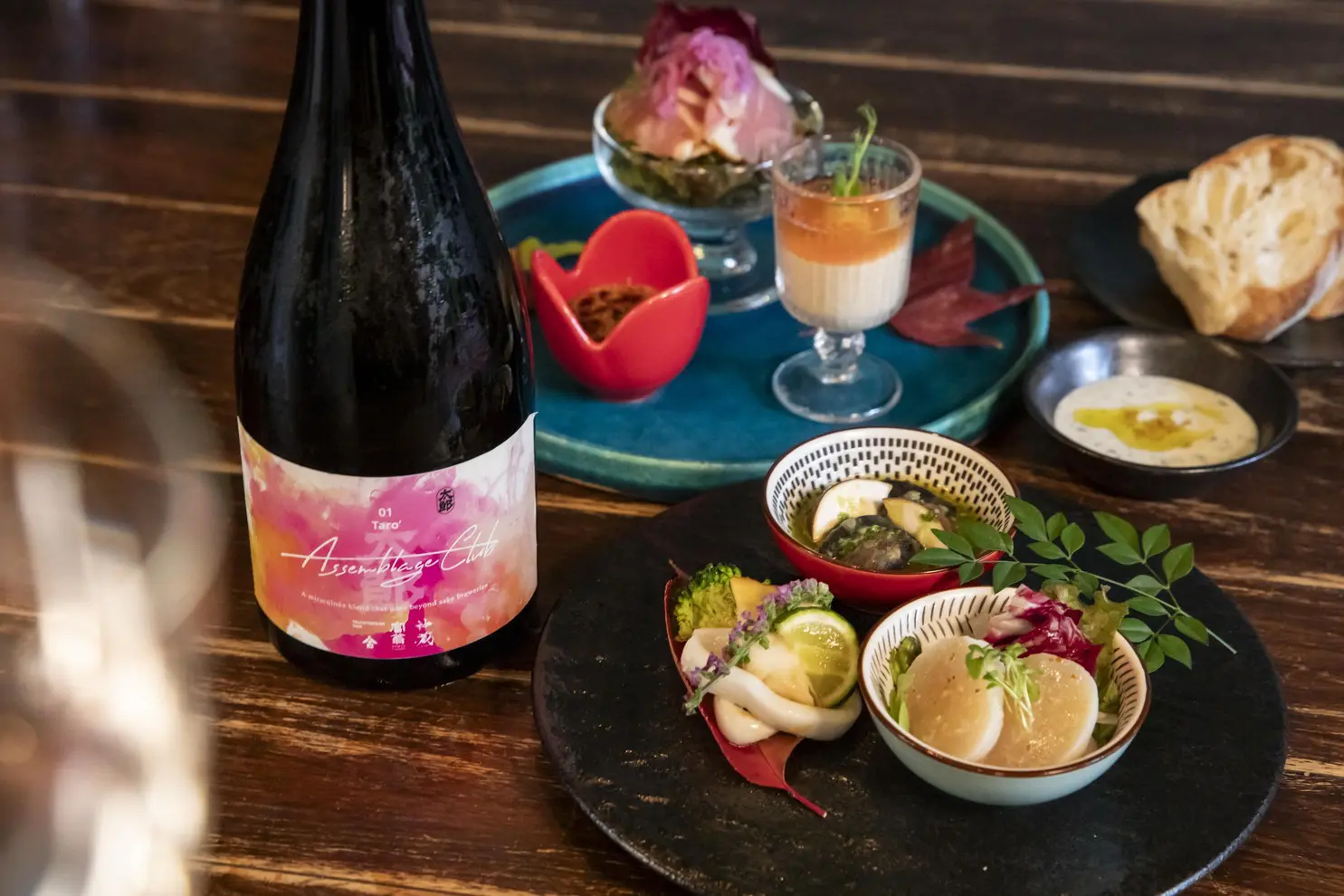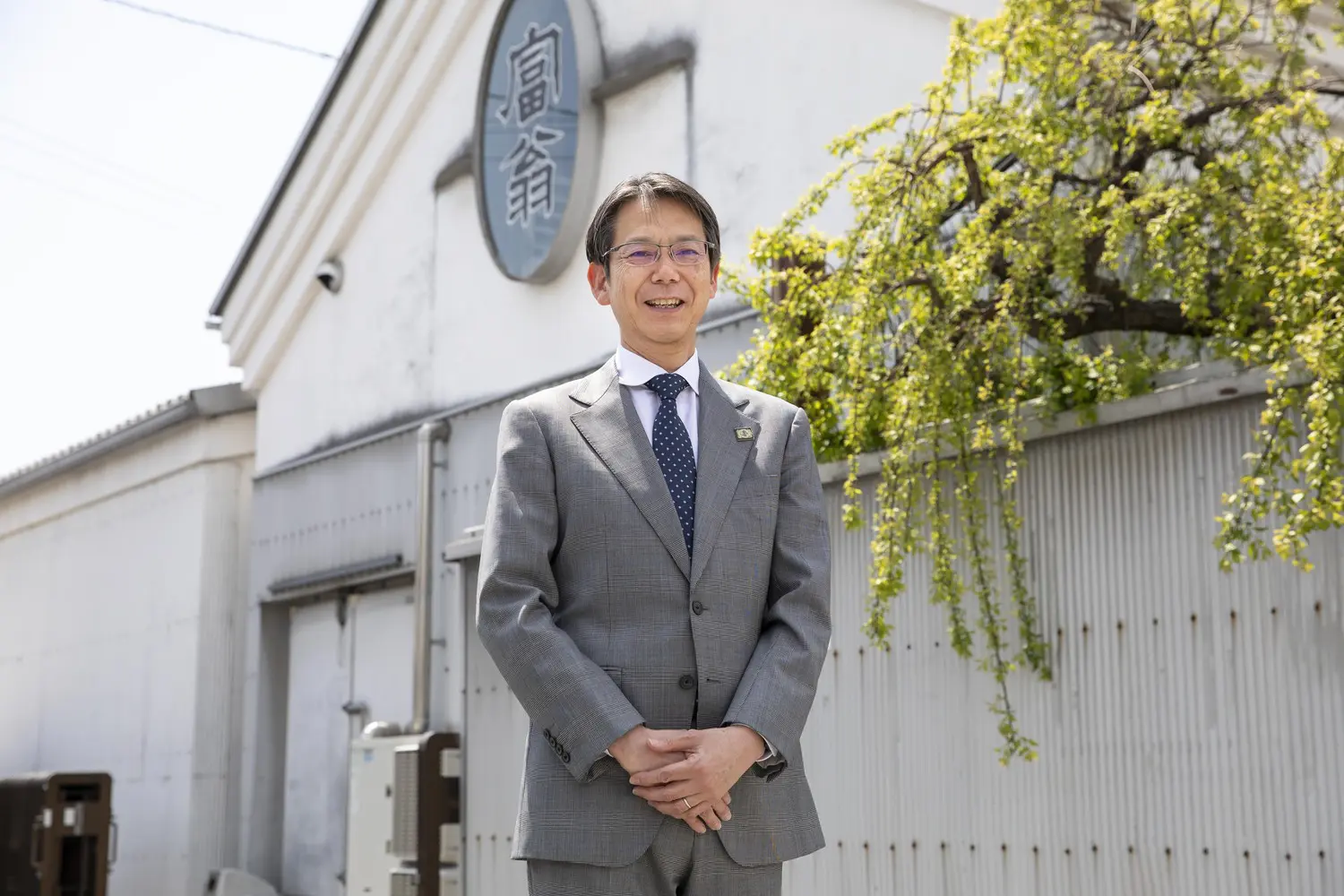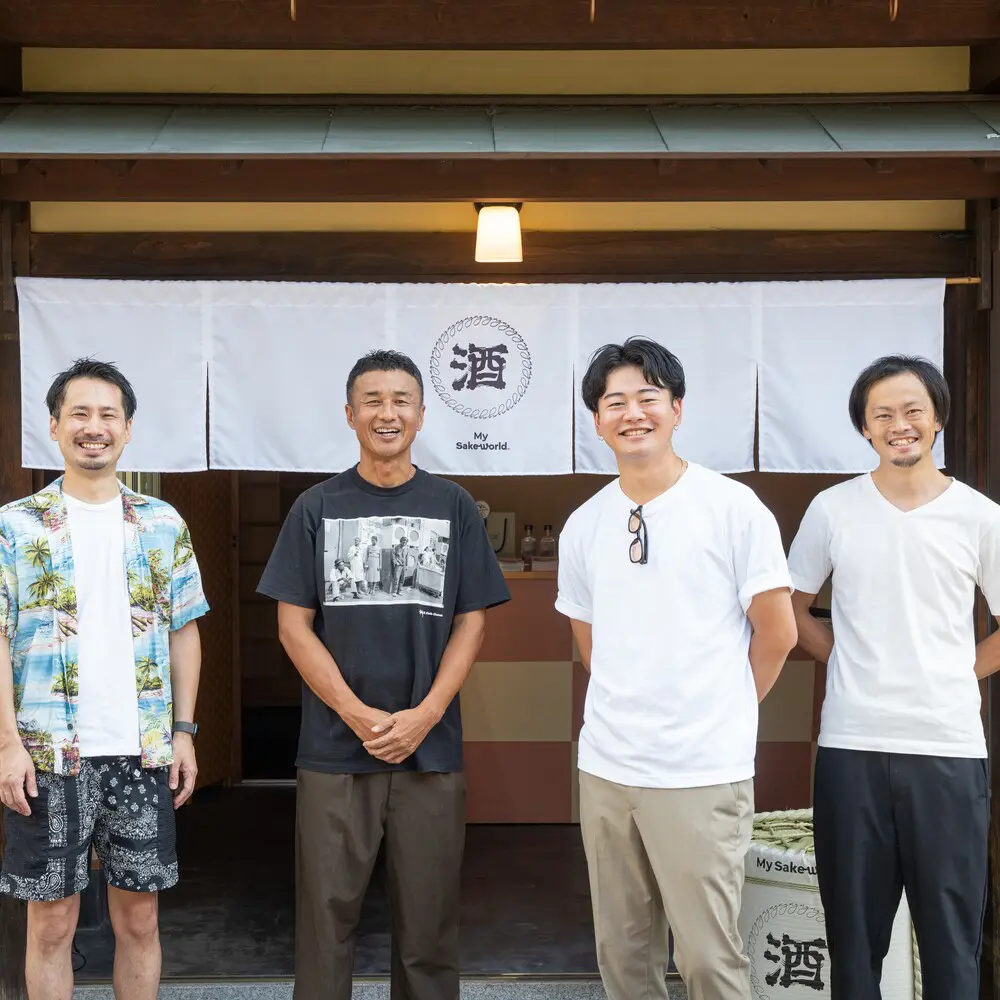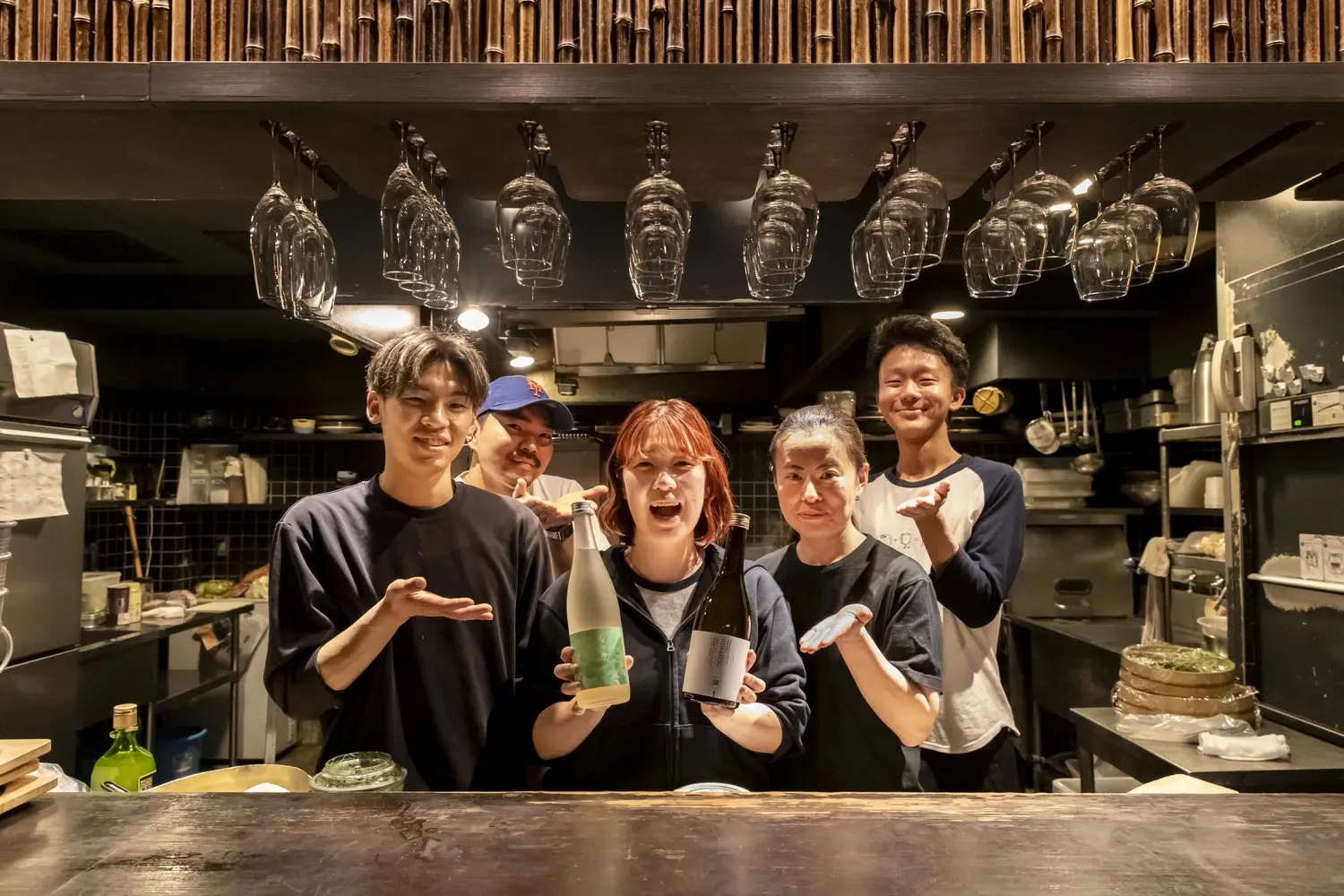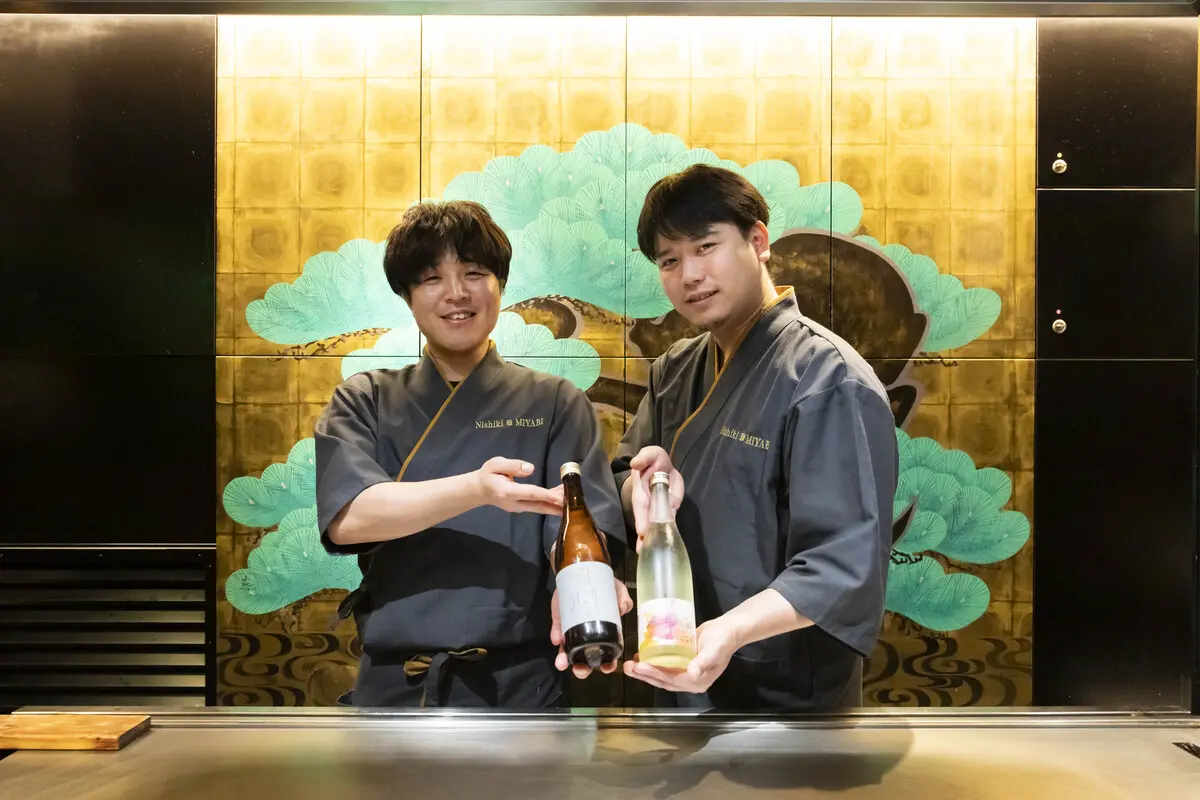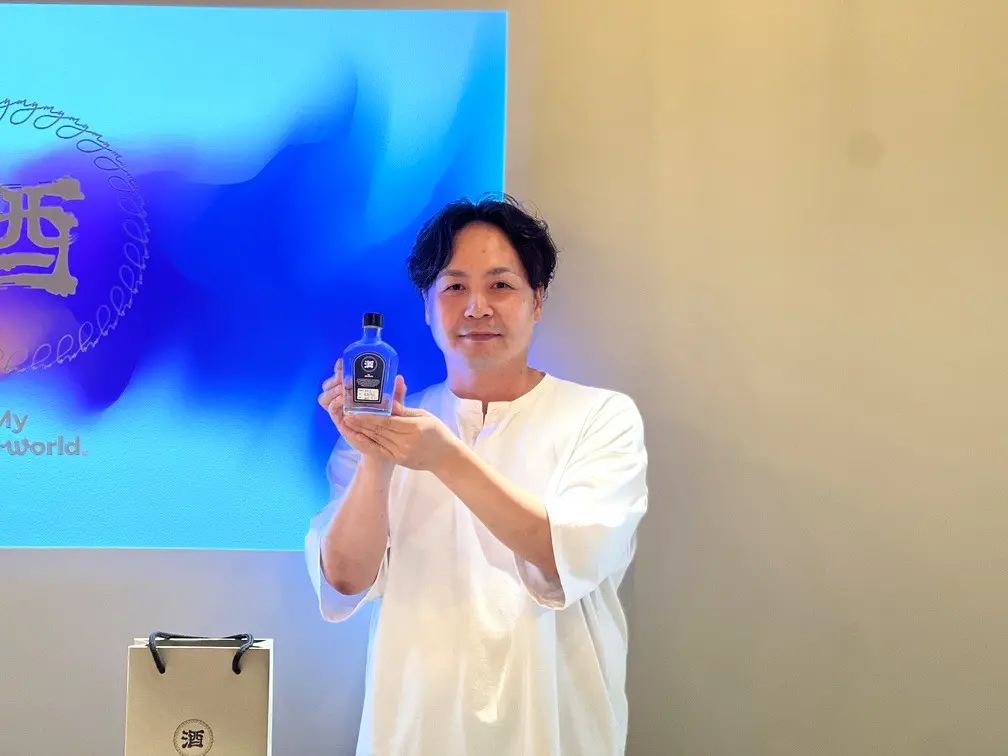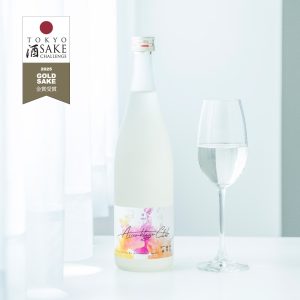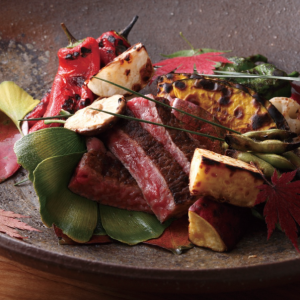Magazine
Read moreAbout
Assemblage is a French word meaning "mixing".
In wine terminology, it refers to the blending of original wines, a traditional technique practiced in Bordeaux and other regions. The complex flavors and aromas are the result of the cross-breeding of different wines.
This technique could also be effective for sake. A small spark of inspiration turned into a conviction as we continued our research and trial-and-error. We believe that we can deliver unique sake that defies conventional wisdom by constructing an assemblage based solely on pure taste, without being bound by conventional evaluation criteria such as rice polishing ratio or brewing year.
It was a miraculous discovery of a new future for sake.


Products
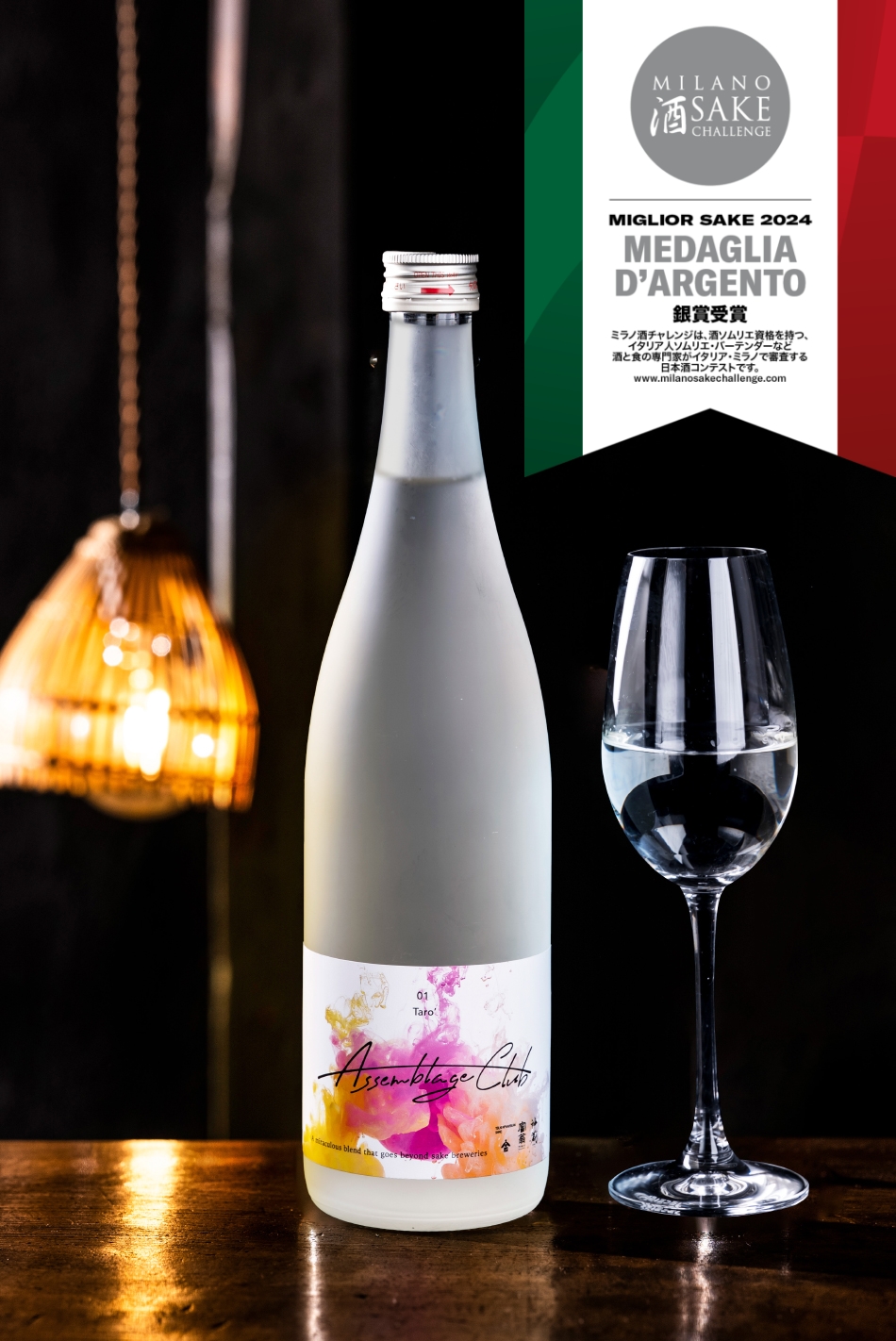
Assemblage Club 01CODENAME : Taro´
Assemblage Club 01 Code Name Taro Dash
The balance of sweetness, spiciness, bitterness, acidity, and umami is controlled by the assemblage technique, which is innovative in the world of sake.
It has a deep taste that overturns the conventional wisdom of sake by mixing fresh, clear sweetness and crisp spiciness. Taro' won the Silver Award at the international sake competition "MILANO SAKE CHALLENGE 2024" and is highly acclaimed overseas as well.
- raw materials
- Rice (domestic), rice malt (domestic)
- alcohol content
- 15%.
- content by volume
- 720ml / 180ml
- Storage Method
- refrigerated storage
- sales
- Leaf Publications, Co., Ltd
Awards & Biography
- 2025.04.15
- Blended Sake "Assemblage Club" Wins Gold Award at Tokyo Sake Challenge 2025 Contest in Tokyo, Japan
- 2024.12.17
- Blended Sake "Assemblage Club" Wins Silver Award at the Japanese Sake Awards 2024 Contest in Hong Kong
- 2024.11.10
- Assemblage Club 01 CODE NAME : Taro' (Taro Dash) won a double Silver Award / Singapore's highest award at the Singapore Sake Challenge 2024.
- 2024.08.09
- Assemblage Club 01 CODE NAME : Taro' (Taro Dash) wins Silver Award at Milan Sake Challenge 2024
- 2023.11.28
- Assemblage Club 01 CODE NAME : Taro won the Gold Award at the Singapore Sake Challenge 2023
History
The long-established sake breweries in Kyoto, Tokubei Masuda Shoten (Tsuki no Katsura), Kitagawa Honke (Tomio), and Matsui Shuzo (Jinzo), gave their support to this project. The first product "Assemblage Club 01CODE NAME : Taro", born from the rare collaboration, was well received by many hotels and restaurants, including the Hyatt Regency Kyoto. In addition, an original sake was created to match the cuisine of the restaurants.
Overseas, Taro won a gold medal at the Singapore Sake Challenge and a silver medal at the Milan Sake Challenge for Taro', a fire-ground version of Taro, and this sake assemblage could become a new trend. You can experience the new era of Japanese sake at your earliest convenience.
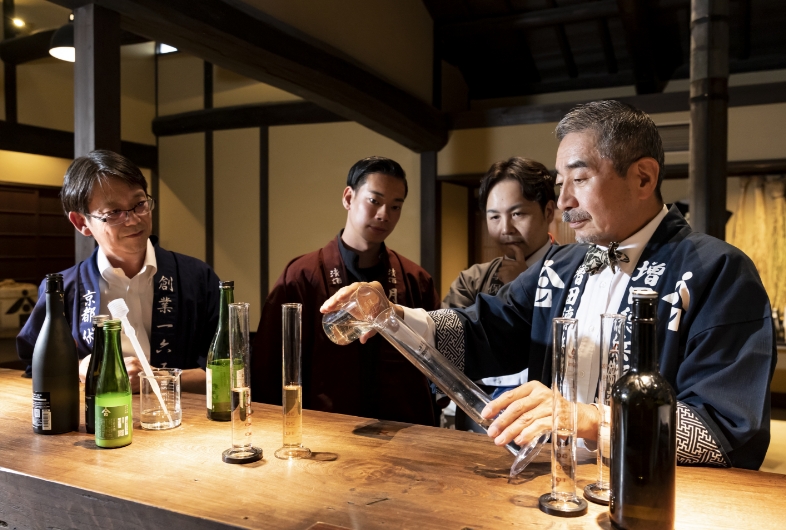

Mr. Tokubei Masuda,
the Moonbeams.
Welcoming
Master Blender
The master blender who finalizes the taste is Mr. Tokubei Masuda, the 14th generation of Tokubei Masuda of Tokubei Masuda Shoten, one of the oldest sake breweries in Fushimi, founded in 1675.
In the sake industry, where brewing techniques have been refined, assemblage has a different meaning and value than in the wine industry. Furthermore, assemblage that transcends breweries is an important experiment that will enable the creation of new flavors. We are now once again standing at the very beginning of a world of flavors with infinite entrances and exits."

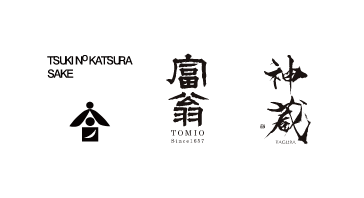
For Restaurants
Assemblage Club 01CODE NAME : Taro'" is a unique assemblage technique that produces a transparent sweetness and a richness of flavor.
The result is an unprecedentedly complex flavor with a crisp and spicy taste. The unique taste created by the cooperation of three long-established sake breweries in Kyoto will satisfy even the most discerning sake connoisseurs.
In addition, your original sake is not just a dream.
Assemblage is better than brewing from scratch.
Small-lot production is possible in a short period of time. The addition of sweet, sour, umami, bitter, and other flavors, and the multiplication of aromas, allows us to produce
You can freely design the flavor that accompanies your restaurant's signature dishes. Color your menu with premium sake that is exclusive to your restaurant.
Collection

Assemblage Club 01CODENAME : Taro´
By means of an assemblage technique that is revolutionary in the world of sake,
Controls the balance of sweetness, spiciness, bitterness, acidity, and umami.
It has a deep taste that overturns the conventional wisdom of sake by mixing fresh, clear sweetness and crisp spiciness. Taro' won the Silver Award at the international sake competition "MILANO SAKE CHALLENGE 2024" and is highly acclaimed overseas as well.




